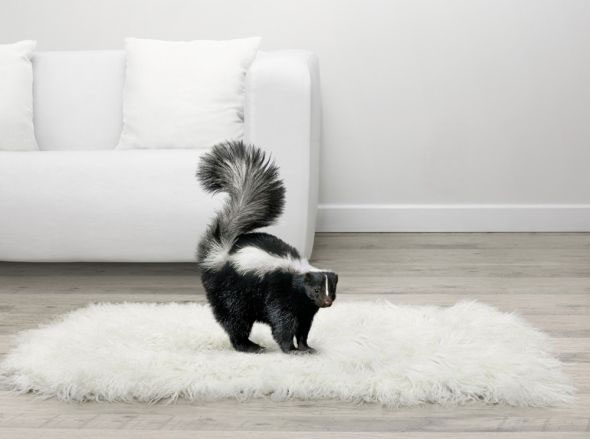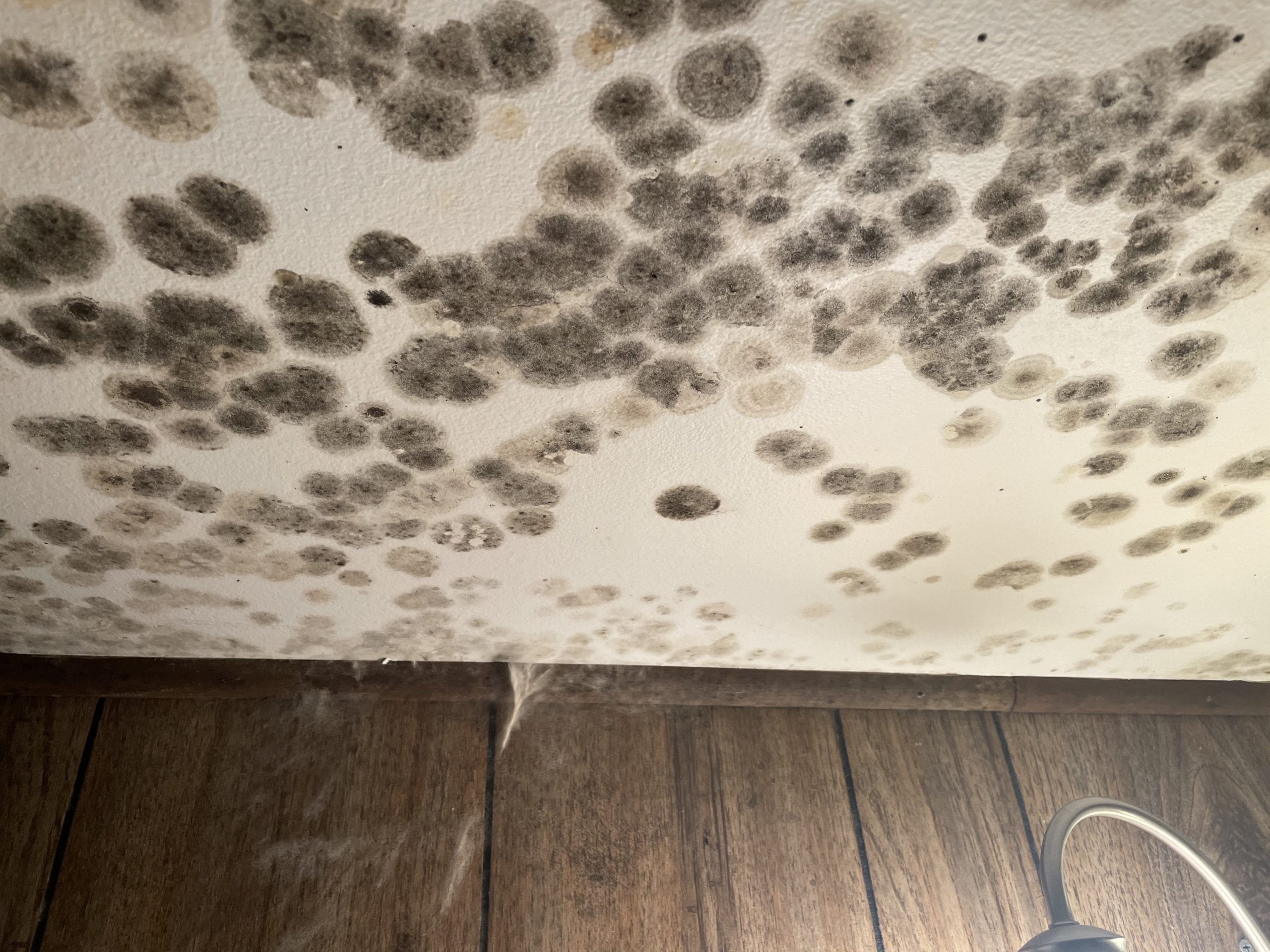 81 percent of U.S. homeowners agree that the health of their family is directly related to the cleanliness of floors in the home. While a key component to improving air quality is eliminating carpet and rug odors, which in many cases requires regularly cleaning these surfaces, only 15 percent clean their carpet at least once a year.
81 percent of U.S. homeowners agree that the health of their family is directly related to the cleanliness of floors in the home. While a key component to improving air quality is eliminating carpet and rug odors, which in many cases requires regularly cleaning these surfaces, only 15 percent clean their carpet at least once a year.
The following four-step process is the best way to successfully remove odor from your carpet:
- Remove the source of the odor, as practical (absorb liquids, scoop solids)
- Thoroughly clean odor-affected surfaces and materials. Cleaning is basic to deodorizing
- Treat the odor source with an appropriate odor counteractant (sanitizer, disinfectant, enzyme)
- Seal restorable surfaces, such as subflooring, if practical
Many sources of odor, including pet urine and tobacco smoke, require specialized procedures and techniques and are best addressed by a certified professional.
Getting Rid of “New Carpet Odor”
New carpet odor comes from a reaction between styrene and butadiene, the components of synthetic latex or styrene-butadiene latex (SBL). There is no natural latex used in carpet today; therefore, there are none of the latex proteins that cause allergic reactions in sensitive people, as might be the case with latex gloves. When new carpet is installed, the old carpet should be thoroughly vacuumed with a high-efficiency filtered vacuum cleaner before it’s disengaged. If it’s particularly filthy or highly contaminated with mold or pet urine, it is advisable to roll it in plastic as it is removed. Then the subfloor should be vacuumed before the new carpet is installed.
Much of the suffering that people experience during and immediately after new carpet installation is directly related to aerosolized dusts and biological fragments (bioaerosols) that are rendered airborne when the carpet is “ripped out.” Positive ventilation helps a good deal here as well.








